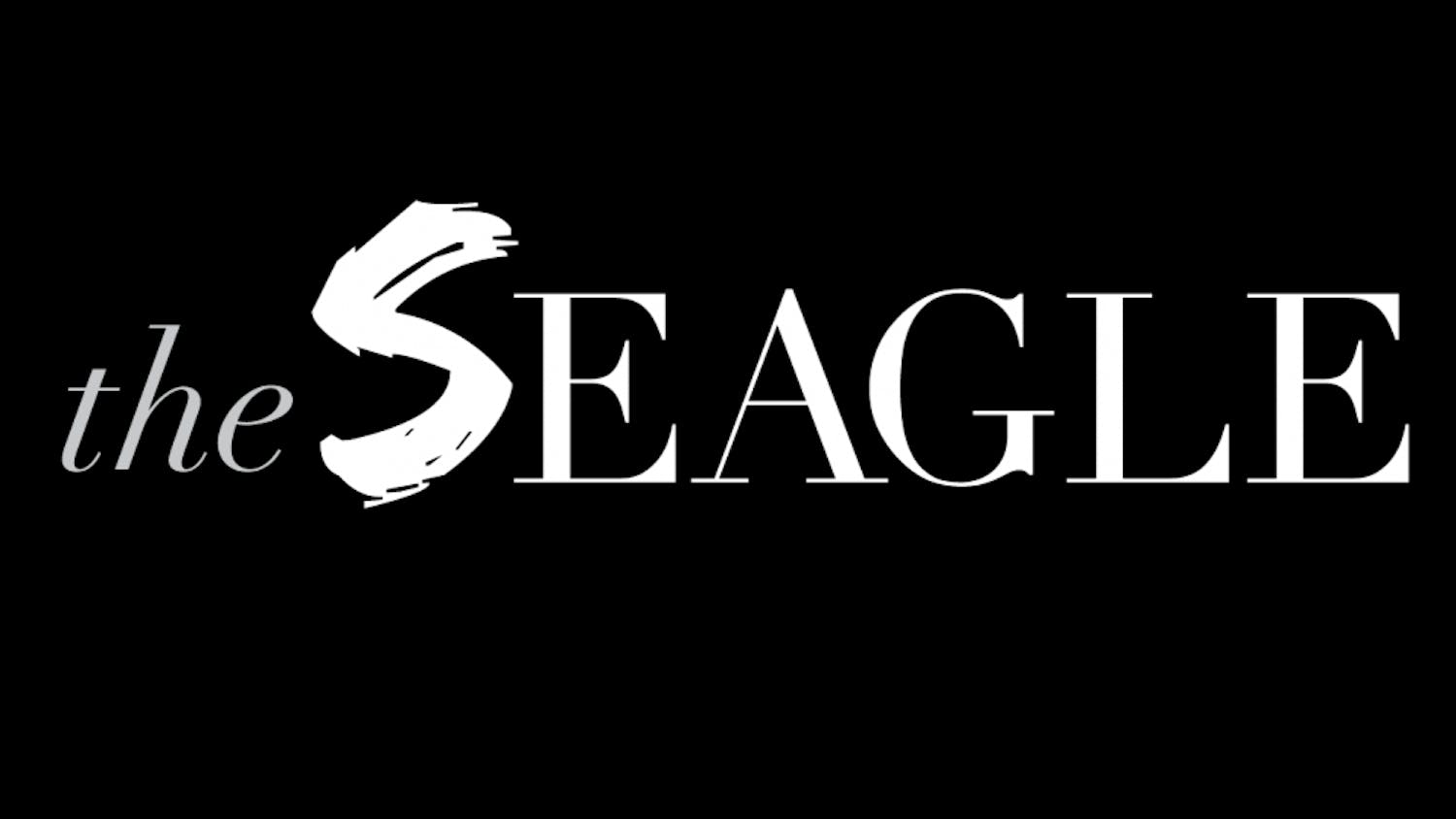Summer--and swimsuit season--is coming to an end, but that doesn’t mean you have to kiss your summer-body goals goodbye. Exercise is about more than just looking great; it’s about feeling great, too, says James Davis, an exercise physiologist and certified personal trainer at the Navicent Health Wellness Center in Macon, Georgia. Below, Davis shares the perfect ab workouts to get you back in the zone.
Planks

While planks are one of the most basic ab exercises, they’re also one of the most efficient, Davis says adding that planks are the best core exercise for your abs. Not only does it strengthen your abs, it also puts your shoulders, chest, triceps, biceps, calves and spinal muscles to work.
To do a perfect plank, position your arms perpendicular to your body with your palms shoulder length apart. Your toes should be slightly pointed and your body should be as level as possible. Davis says having your hips too high will make the exercise too easy, while having your hips too low would put a lot of pressure on your lower back.
“You want to think like your whole body is a tabletop...you should be able to hold a plate on your back without it falling off.”
Pushups

Similar to the plank, Davis says it’s important to keep your back flat when doing pushups. Have your arms positioned directly beneath your shoulders, lower your body slowly, touch the floor and come up slowly as well. Keeping a steady pace is a crucial part of this exercise.
Davis says, “you want at least a count of three on the way down, and at least two on the way up.”
Crossover Crunches

Start by laying down and crossing one leg over the other with your hands behind your ears. It’s important to keep your hands behind your ears rather than neck, as it is easy for people to pull on their necks when they get tired during the exercise, Davis says. Sit up and touch the elbow to the opposite knee, before coming down again. Repeat this motion 10 to 15 times, then switch legs and use the other elbow.
“If you do 10 on this side, you want to do 10 on [the other] side,” Davis says, “that way you keep everything on a one to one ratio.”
Transfer Crunches

Having an exercise ball handy is a good way to get the most out of this crunch exercise. The larger the ball, the harder the exercise. Start by putting your hands underneath your lower back, legs extended, with the ball in between your legs. Bring your legs up, grab the ball and extend your arms above you while bringing your legs back down.
“Someone who hasn’t done this before, you can...let them do it [with] legs bent,” Davis said. “The longer the legs are, the harder it is because you’re fighting gravity more.”
If you don’t have a ball, don’t sweat it. This exercise can also be completed using an imaginary ball while moving your body in the same motions, according to Davis. This is said to be the easier method, but keep in mind: no pain, no gain, so be sure to choose wisely.
Plank Jacks

Similar to pushups and regular planks, place your palms on the floor, shoulders width apart. Make sure your body is flat with your legs together in the starting position. Then, proceed to kick out and in.
“Whatever force that you put forth, you’re having to absorb,” Davis says. “The exercise is also known as a plyometric, with muscles stretching and contracting at a fast pace.”
Extra Tips
For those who do not exercise often, it’s best to start out each exercise with 10 repetitions to build the habit of exercise, Davis says.
He says “a lot of people come in, go hard too fast, and...get really sore and quit.”
Essentially, starting at 10 reps will help build the habit of exercise. If the person working out is already in good shape, Davis suggests doing 15 repetitions of each exercise instead.
The amount of sets a person should do depends on age and health. An average college student could probably do three sets of 10 repetitions for each of the exercises described above, Davis says. However, if the person has knee or back injuries, it’s better to hold off on some of the exercises, specifically the plank and transfer crunches.
If you can’t find time to do everything on this list every day, just set aside some time to do some of these exercises, or do them all and turn it into a full ab workout.





